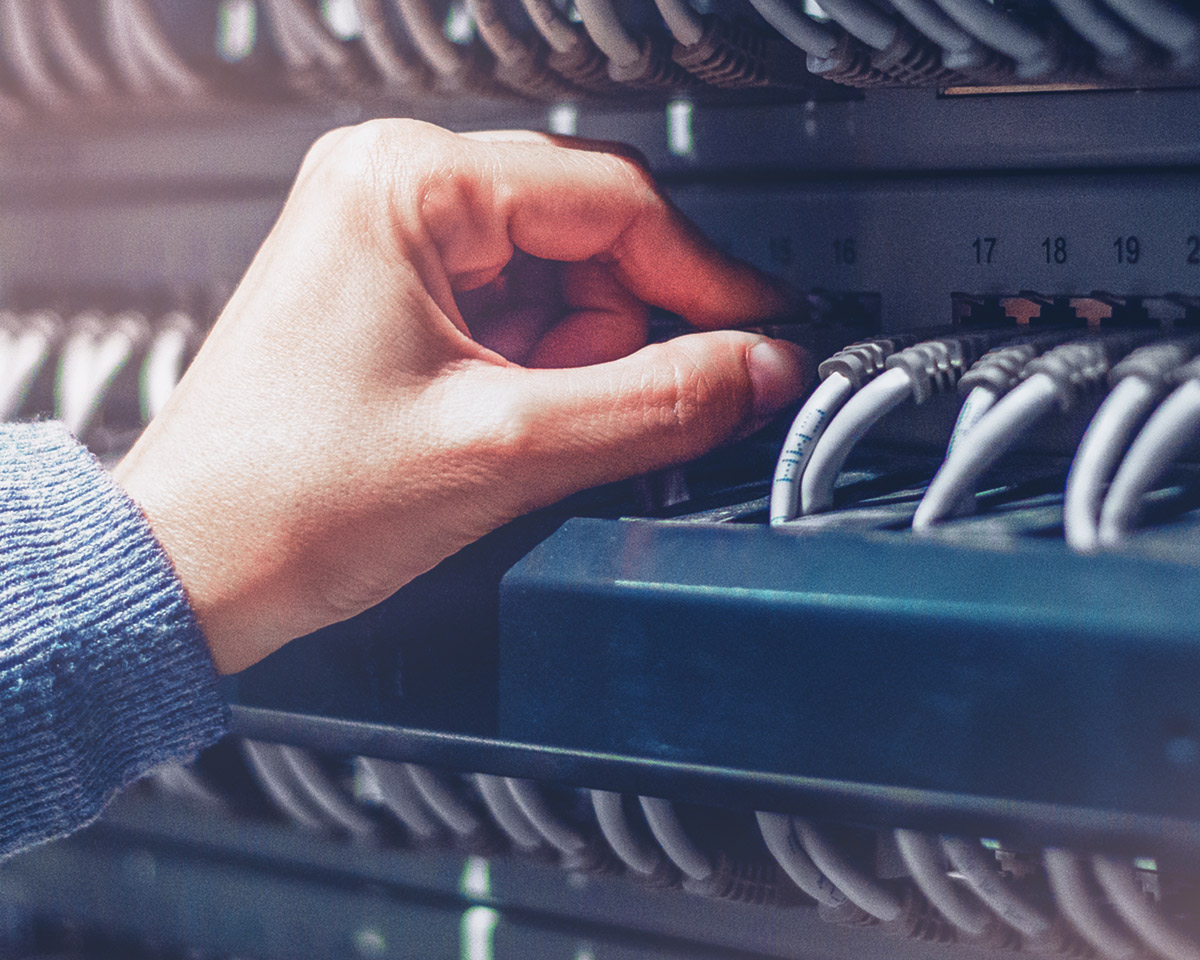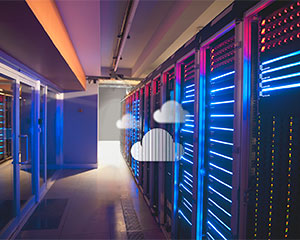INSIGHT
Why security and connectivity should work as one (and how to make sure they do)
By Tim Ryan, Senior Product Manager, Virgin Media Business
63% of public sector organisations told us they will be continuing flexible working practices in future, while 55% of private sector firms said the same.
And this is before you account for the inevitable long-term pressure employers will face from a talent attraction and retention perspective.
A recent Buffer survey asked respondents if they’d like to work remotely at least some of the time for the rest of their career.
97.6% said yes.
And when you look at the top reasons respondents gave – flexible schedule, ability to work from anywhere, no commute, more family time – it’s easy to see why many won’t be rushing to get back to the office five days a week.
In short: remote work is here to stay. And when offices do open up again, we’re going to see a hybrid approach – a mix of remote and office-based work – become the permanent norm.
What does that mean for cybersecurity?
In the old world, where the majority of people worked in an office most of the time (let’s remember this was only last year), traditional perimeter security methods served us well.
Most people, devices, apps and data would be inside your network, with a few operating outside it.
Now that’s shifted in the other direction.
Applications are now dispersed all over the internet in a variety of different clouds. It’s no longer possible to take a centralised approach.
So what can you do instead?
Move your security closer to those applications, tackling each application, user and device on an individual basis.
Welcome to the world of zero trust
The idea of not trusting people by default might seem a little harsh. But it’s an absolute must for effective cybersecurity in a hybrid working world.
So how do approaches like zero trust and SASE (Secure Access Service Edge) actually work in practice?
The former pretty much does what it says on the tin. In essence: nobody is trusted until your security platform can determine otherwise.
Whether someone is logging in from a café, their kitchen or your head office, they’re treated exactly the same way. So your devices, data and apps have the same level of protection wherever they happen to be.
SASE, a term coined by Gartner, works hand in hand with a zero trust approach. It’s a cloud-based security model that essentially allows you to control and configure all your security services from a single software platform.
In the traditional way of doing things, once somebody got access into your network they were free to cause all the damage they wanted.
The answer to that was to make absolutely sure that nothing and no-one could penetrate that network.
But in a modern, hybrid working world where people, data, apps and devices are spread all over the country and across the internet in various different clouds, that simply doesn’t work. Most people aren’t even working inside that network.
By taking a zero-trust approach, you move from trying to secure your whole network at once to looking at individual users.
You can then make instant judgements based on their specific situation, and either allow or not allow them access to certain data or applications.
By segmenting your users right down the individual level, you achieve two things:
- You make it easier to catch vulnerabilities by looking at security risk on a case-by-case basis rather than taking a blanket approach
- You remove security barriers to individual employees who should have access to things, freeing them to be more productive and improving the overall employee experience
But what if the unthinkable happens and someone does let a cybercriminal in?
When you take a zero-trust approach you are only allowing someone access to that one specific application in that particular moment.
So even if an attacker does get in, they will only have access to that one application.
It’s still not an ideal situation, but it’s far more contained and controlled than the traditional scenario where the attacker would have had access to your entire network and everything that runs on it.
So where does connectivity play into all of this?
Treat security and connectivity as one
Security and connectivity are like wings: if they don’t come as a pair, you might as well have neither.
One of the biggest mistakes a modern organisation can make is treating them as two separate entities.
Gartner’s SASE model is the perfect illustration of this.
Software-defined networking in a wide area network (SD-WAN) is part of that model. Where SD-WAN allows you to securely connect geographically dispersed branch offices to your corporate network securely, SASE takes things one step further and integrates all your cloud security needs with SD-WAN.
This gives you a single, centralised view of your entire network. So you can quickly identify users, devices and endpoints, apply their networking access and security policies and then securely connect them to the aps and data they need – all from one platform.
This kind of zero trust, single-platform, integrated approach to security and connectivity is the only way to protect your data in a hybrid working world without slowing people’s productivity down.
But don’t take our word for it.
By 2024, Gartner predicts that 40% of enterprises will have explicit strategies to adopt SASE.
To put that into context, at the end of 2018 that figure was 1%.
The above shows how quickly things have changed. And how quickly forward-thinking organisations are moving to adapt.
And again, it all comes down to people and making sure cybersecurity enables and empowers them rather than slowing them down.
The word “security” comes from the Latin word “securitas”, which translates as “free from care”.
Free from care is exactly what you want your employees to be when it comes to cybersecurity.
That might sound counterintuitive, but if you can get to a point where they don’t have to live in fear of causing a cyberbreach, and there aren’t any clunky cybersecurity barriers holding them back, they will be free to be as productive, collaborative and innovative as possible – wherever they happen to be.
And the only way to truly achieve this is by treating connectivity and cybersecurity as one: a zero-trust approach to security enabled by a modern, cloud-based network – all controlled through one central platform.
Want to know how an integrated approach to security and connectivity could help you adapt to new ways of working and achieve the outcomes you need?
Or talk to one of our experts now : 08009530180
Share this article:
Download our top guides and reports
Latest insights
Protect
Integrate security with connectivity so it’s easy and intuitive for you and every employee, reducing the risk of a data breach






